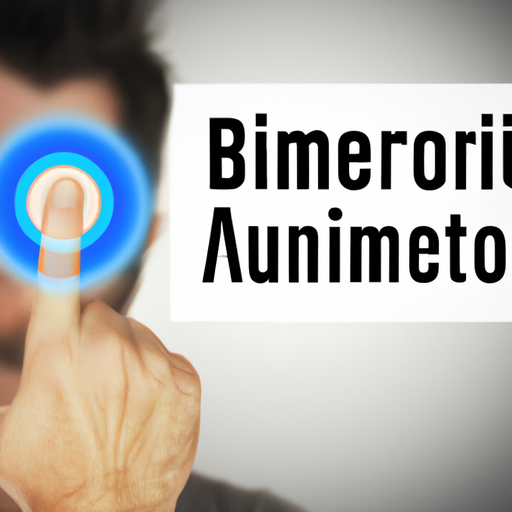In a world where digital interactions are becoming increasingly common, the need for secure and efficient methods of identity verification has never been more critical. One such method gaining traction is biometric authentication, which utilizes unique biological traits to verify identity.
What is Biometric Authentication?
Biometric authentication refers to the process of using an individual’s distinct biological attributes to validate their identity. Common forms of biometric authentication include:
- Fingerprint Scanning: The most widely recognized form, where the unique patterns of a person’s fingertips are captured and analyzed.
- Facial Recognition: This technology uses facial features to identify and verify individuals, becoming increasingly popular in smartphones and security systems.
- Iris Scanning: This method analyzes the intricate patterns in the colored part of the eye, providing a highly secure form of identity verification.
Benefits of Biometric Authentication
Biometric authentication offers numerous advantages over traditional methods of identity verification, such as passwords and PINs. Here are a few key benefits:
- Enhanced Security: Biometric traits are unique to each individual, making it exceedingly difficult for unauthorized users to gain access.
- Convenience: Users no longer need to remember complex passwords; a quick scan of their fingerprint or face is often sufficient.
- Efficiency: Biometric systems can expedite the verification process, allowing for faster access in various applications, from banking to personal devices.
Challenges and Considerations
Despite its advantages, biometric authentication is not without challenges. Privacy concerns, potential for data breaches, and the need for sophisticated technology can be barriers to implementation. Organizations must weigh these issues carefully against the benefits of enhanced security.
The Future of Biometric Authentication
As technology advances, biometric authentication is expected to evolve further, with improvements in accuracy, speed, and integration into various sectors. From government facilities to personal devices, the idea of a secure, password-less future is becoming more of a reality.
Conclusion
In summary, biometric authentication represents a major leap forward in the quest for secure identity verification. With its growing adoption and the technological advancements surrounding it, biometrics promises to redefine security standards and reshape how we interact in an increasingly digital world.




